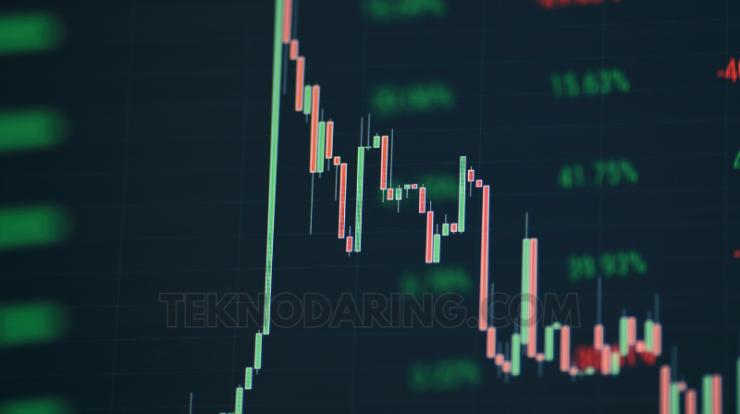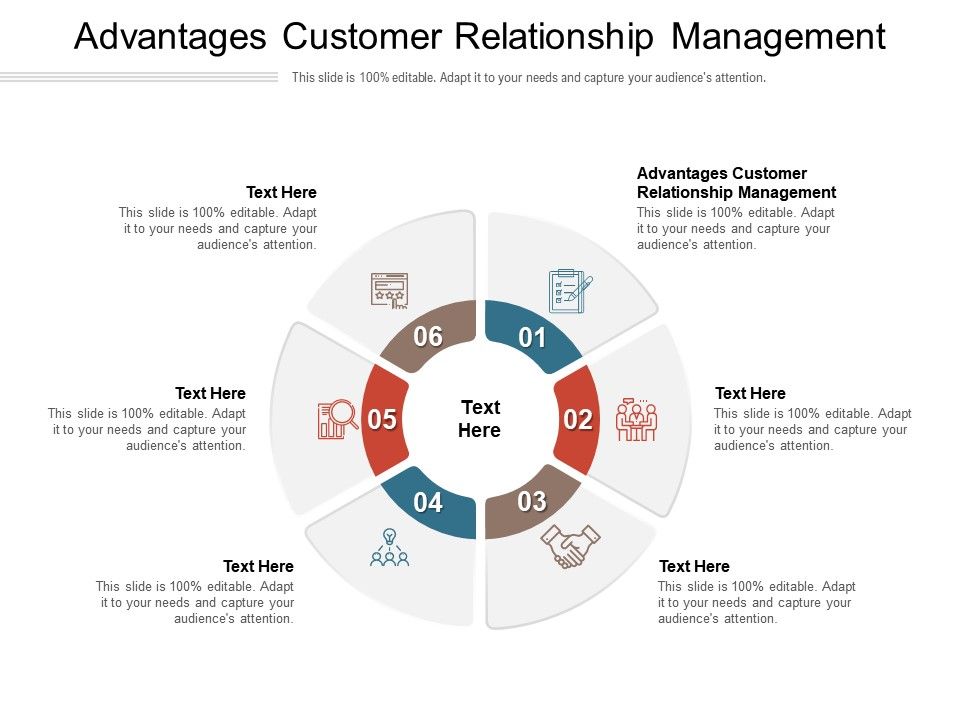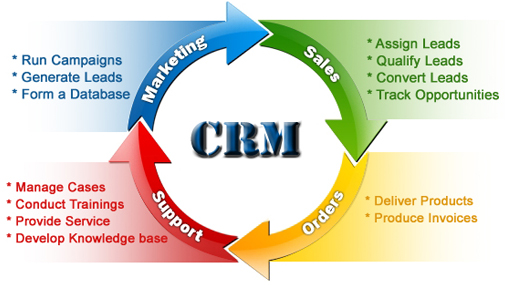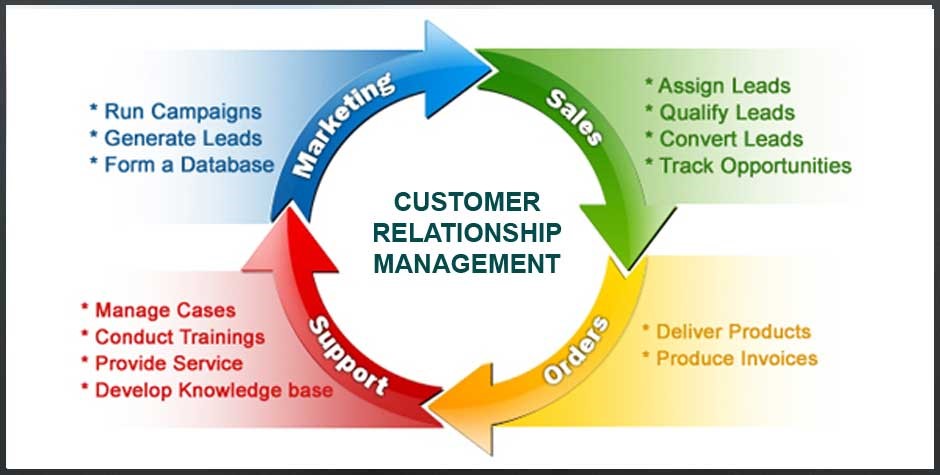
High Frequency Trading – In today’s fast-paced financial markets, speed is everything. That’s where High Frequency Trading (HFT) comes into play. This advanced form of trading relies on powerful computers, complex algorithms, and lightning-fast connections to execute thousands of trades in a fraction of a second.
In this article, we’ll break down what high frequency trading is, how it works, and why it’s such a big deal in modern financial markets.
What is High Frequency Trading?
High Frequency Trading (HFT) is a type of algorithmic trading where computers are programmed to perform a large number of orders at extremely high speeds. These trades often happen in milliseconds (or even microseconds) and are designed to take advantage of small price discrepancies in the market.
HFT is commonly used in:
-
Stock markets
-
Futures and options trading
-
Forex markets
-
Cryptocurrency exchanges
This strategy is mostly used by institutional traders such as hedge funds, investment banks, and proprietary trading firms.
Key Features of HFT
-
High Speed: Trades are executed in microseconds using ultra-fast networks.
-
Large Volume: HFT strategies place thousands or even millions of orders daily.
-
Short Holding Periods: Positions are held for a very short time — sometimes just seconds.
-
Automated Algorithms: Trading decisions are made by pre-programmed algorithms, not humans.
How Does High Frequency Trading Work?
High frequency trading relies on a combination of technology and strategy. Here’s a simplified breakdown:
1. Market Data Collection
HFT systems constantly monitor market data from multiple exchanges in real-time. This includes bid/ask prices, trading volume, and order book depth.
2. Algorithmic Decision Making
Once data is collected, complex algorithms analyze it and look for trading opportunities — such as tiny price differences between exchanges.
3. Order Execution
When a profitable opportunity is detected, the algorithm immediately places an order. The goal is to buy low and sell high, even if the profit margin is just a fraction of a cent.
Common High Frequency Trading Strategies
1. Market Making
This involves continuously placing buy and sell orders to profit from the spread (difference between bid and ask prices).
2. Arbitrage
HFT systems detect price differences between exchanges or markets and quickly exploit them before prices adjust.
3. Latency Arbitrage
This strategy takes advantage of delays (latency) in market data being transmitted to different traders or exchanges.
4. Statistical Arbitrage
HFT firms use mathematical models to predict how asset prices move based on historical data, then trade accordingly.
Benefits and Criticisms of High Frequency Trading
Pros:
-
Increased Liquidity: HFT firms provide constant buy/sell orders, making markets more liquid.
-
Tighter Spreads: Due to competition, the difference between bid and ask prices narrows.
-
Efficient Markets: Prices adjust quickly in response to new information.
Cons:
-
Market Volatility: Some argue that HFT contributes to sudden price swings.
-
Unfair Advantage: Critics say that HFT favors firms with faster technology and access to private data.
-
Flash Crashes: HFT has been linked to rapid market crashes, such as the infamous 2010 “Flash Crash”.
Final Thoughts
High frequency trading has transformed global markets by bringing in automation, speed, and data-driven strategies. While it offers benefits like improved liquidity and price efficiency, it also raises ethical and regulatory concerns.
For everyday investors, HFT may seem like a distant concept, but it plays a major role in how prices are set and trades are executed — even in your personal portfolio.
As financial markets evolve, understanding how high frequency trading works can help you stay informed and make smarter investment decisions.





